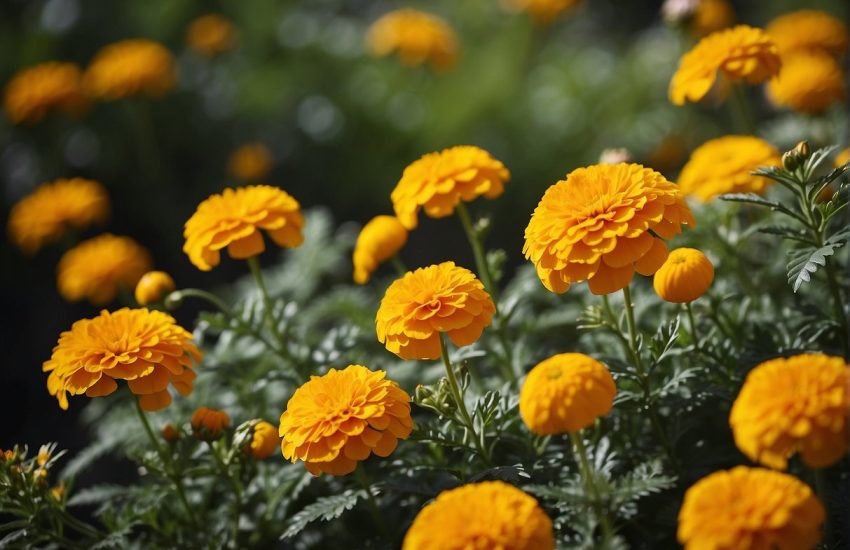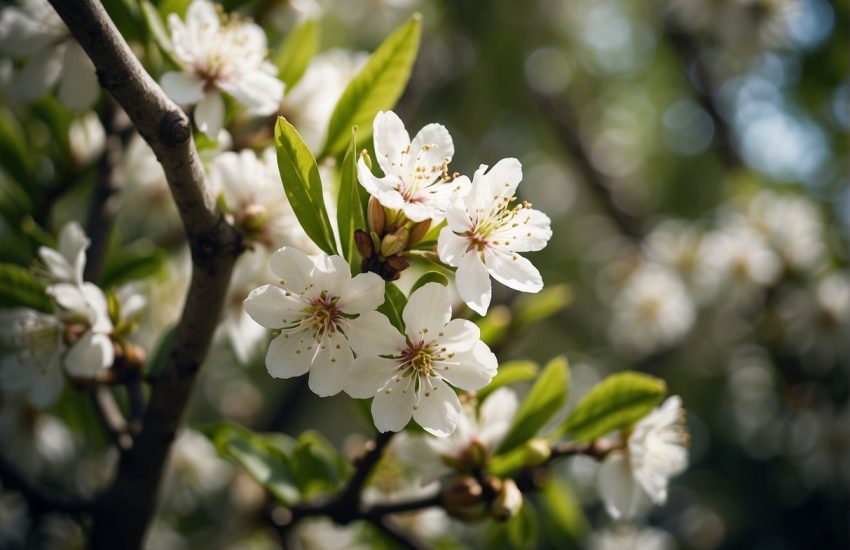How Much Sun Do Azaleas Need: A Guide to Optimal Sunlight Levels for Healthy Growth
Azaleas are a popular choice for gardeners looking to add some color to their outdoor space. These beautiful shrubs produce vibrant flowers in a range of colors, from pale pinks and purples to deep reds and oranges. However, to keep azaleas looking their best, it’s important to provide them with the right amount of sunlight.

Azaleas require a moderate amount of sunlight to thrive. Ideally, they should be planted in a location that receives partial shade, with dappled sunlight filtering through the leaves of trees or other nearby plants. Too much direct sunlight can cause the leaves to wilt and burn, while too little can prevent the plant from producing flowers.
Proper care is also important when it comes to keeping azaleas healthy. These shrubs prefer acidic soil and should be watered regularly, especially during dry spells. It’s also a good idea to fertilize them once or twice a year, using a fertilizer specifically designed for acid-loving plants. With the right care and attention, azaleas can provide a stunning display of color in any garden.
Sunlight Requirements for Azaleas
Azaleas are a popular choice for gardeners due to their vibrant blooms and attractive foliage. However, to ensure that they thrive, it is important to understand their sunlight preferences. In this section, we will explore the sunlight requirements for azaleas, including their light preferences and the effects of sun exposure on their health.
Understanding Light Preferences
Azaleas prefer partial shade to full sun, with morning sun and afternoon shade being the ideal conditions. This means that they require around 4-6 hours of sunlight per day, but excessive exposure to direct sunlight can damage their leaves and blooms.
It is important to note that the amount of sunlight azaleas require can vary depending on the cultivar. Some varieties are more tolerant of full sun, while others prefer more shade. Gardeners should research the specific needs of their azalea cultivar to ensure that they provide the appropriate amount of sunlight.
Effects of Sun Exposure on Health
Excessive exposure to direct sunlight can cause damage to azalea leaves, resulting in scorched or wilted foliage. It can also cause the flower buds to dry out and fall off before they have a chance to bloom.
On the other hand, insufficient sunlight can result in poor growth and a lack of blooms. Azaleas that do not receive enough sunlight may also develop sparse foliage and weak stems.
In summary, azaleas require partial shade to full sun, with morning sun and afternoon shade being the ideal conditions. Excessive exposure to direct sunlight can damage their leaves and blooms, while insufficient sunlight can result in poor growth and a lack of blooms. Gardeners should research the specific needs of their azalea cultivar to ensure that they provide the appropriate amount of sunlight.
Planting and Caring for Azaleas
Azaleas are a popular choice for gardeners who want to add color to their landscape. These plants are known for their stunning blooms in shades of pink, red, white, and purple. They are also relatively easy to care for, as long as you provide them with the right growing conditions.
Soil and Watering Needs
Azaleas prefer acidic soil with a pH between 4.5 and 6.0. If your soil is not naturally acidic, you can amend it with peat moss or sulfur to lower the pH. It is important to keep the soil moist, but not waterlogged, as azaleas are susceptible to root rot. Water deeply once or twice a week, depending on rainfall and temperature.
Pruning and Maintenance
Azaleas require minimal pruning, but it is important to remove any dead or diseased wood to promote healthy growth. Prune after the plant has finished blooming, but before new growth appears. Azaleas benefit from a layer of mulch around the base of the plant to help retain moisture and suppress weeds.
Fertilize azaleas in the spring with a slow-release fertilizer formulated for acid-loving plants. Avoid fertilizing in the fall, as this can stimulate new growth that may not have time to harden off before winter. Azaleas can be susceptible to disease and pests, so keep an eye out for any signs of trouble and address them promptly.


